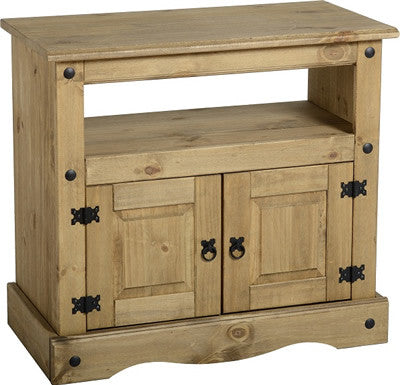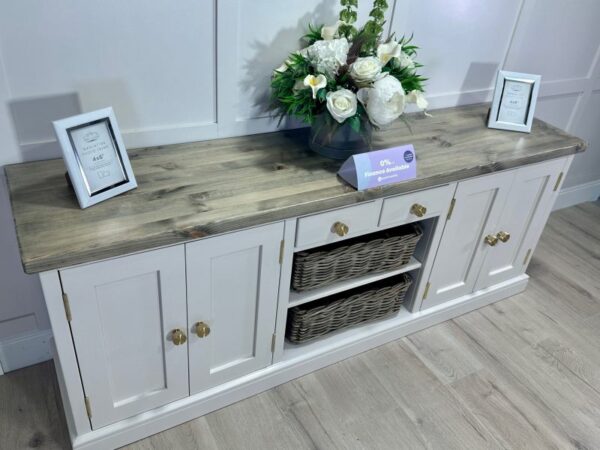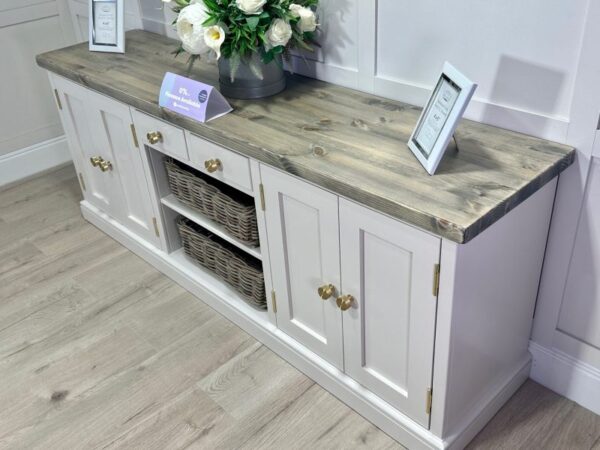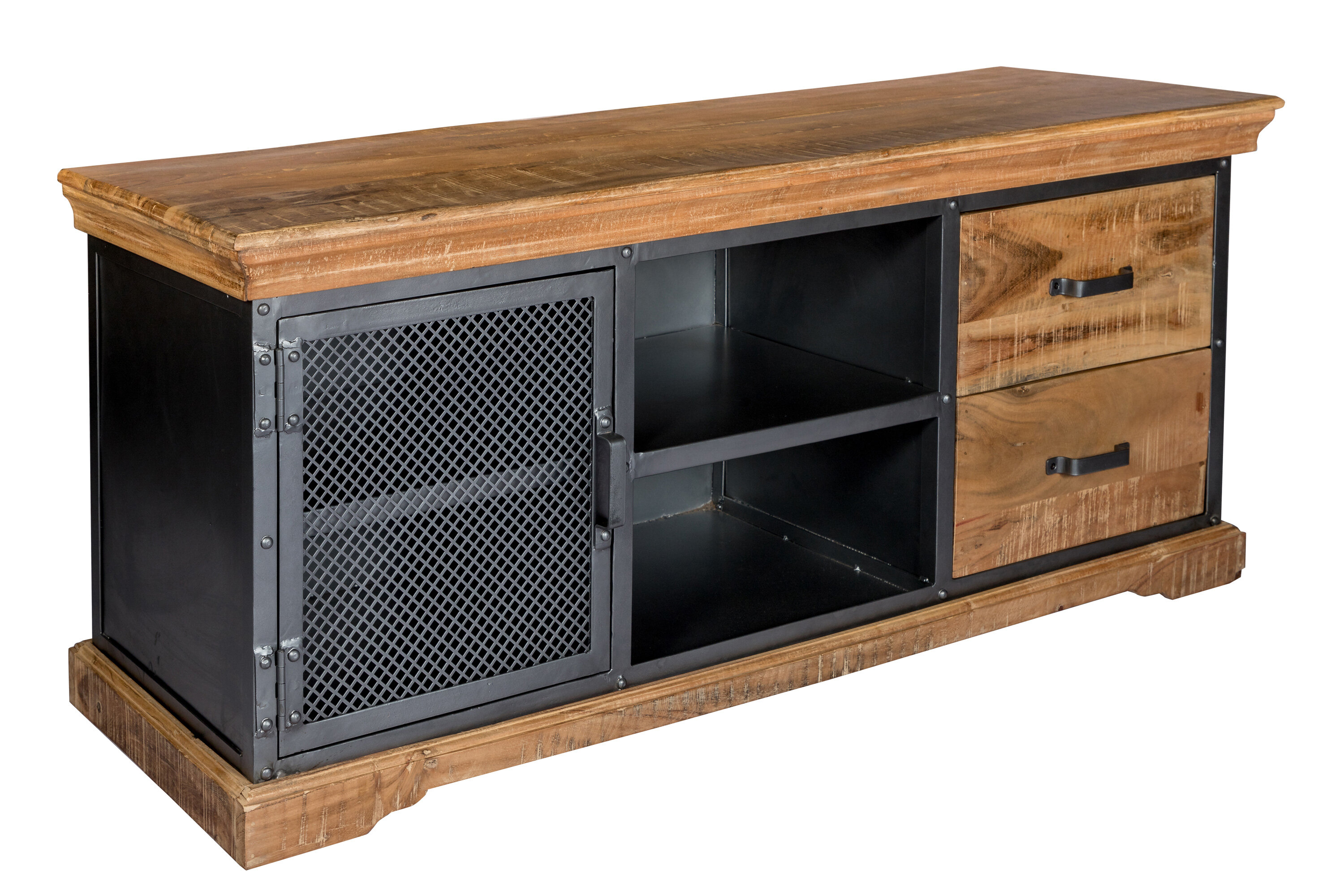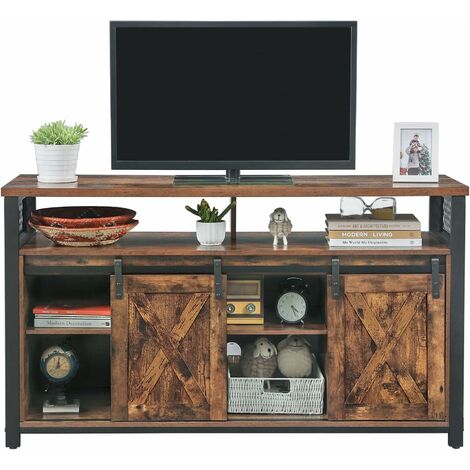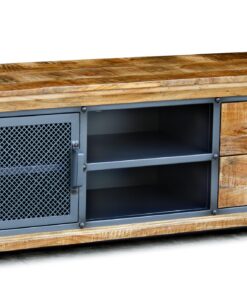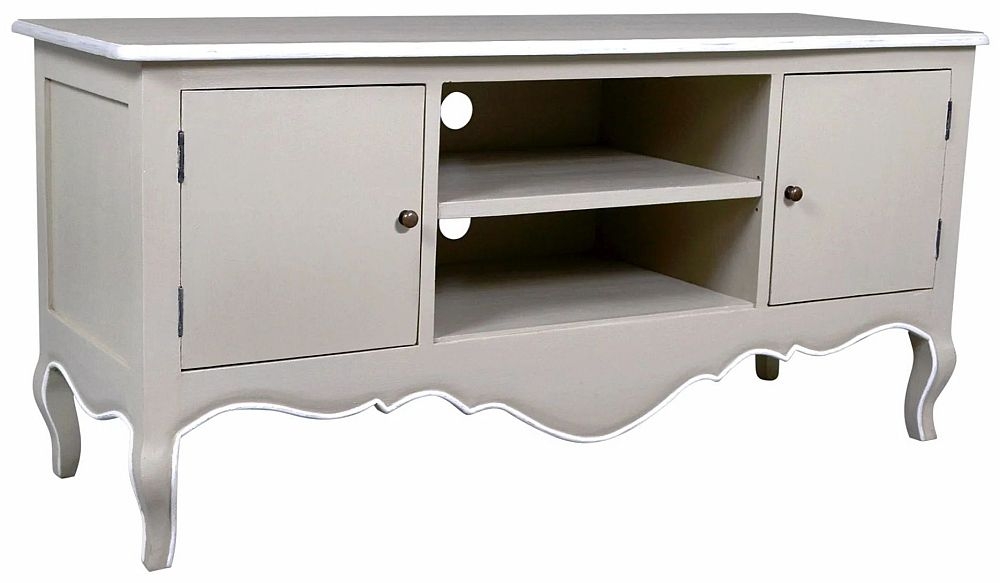
KRUD K23~Dark Oak- 120cm ~Retro TV Stand~Handmade~Solid Wood~Scaffold Style~24 Colours~Industrial~Chunky~Rustic~Country~TV Stand~Cabinet : Amazon.co.uk: Home & Kitchen

Chunky Sleeper style TV Stand, Sleeper style TV Cabinet wooden sofa, made from distressed timber, treated timer and waxed in oak – MDF2U
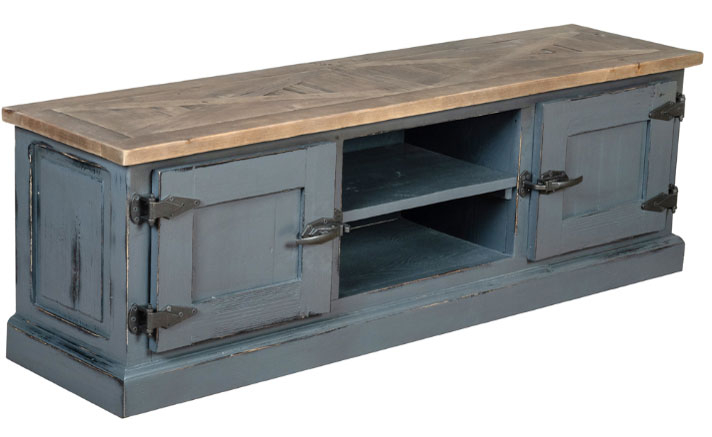
Hemmingway Distressed Large TV Unit, Distressed Pine - Beds, Mattresses, Sofas, Furniture, Ipswich, Suffolk, UK
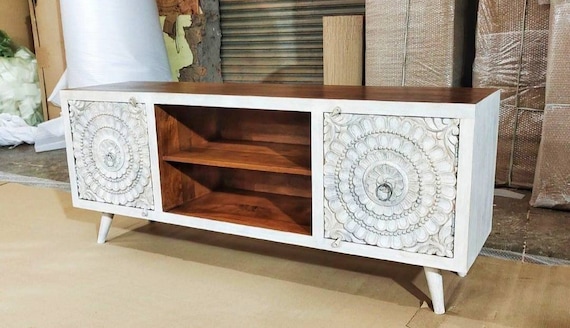
Wooden TV Unit, Indian Cabinet in Distressed White Colour, Wooden Media Unit Console for Living Room, Boho Dining Room Cabinet - Etsy UK



